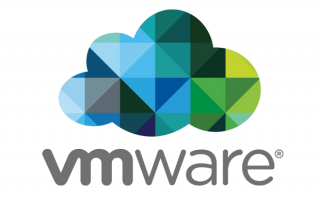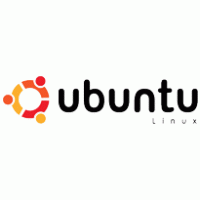vim-cmd vmsvc/getallvms
Start /MIN /D “C:\Program Files\VMware\VMware Remote Console\” vmrc vmrc://root@<IP>/?moid=<ID>
—————————————————-
Apagar virtual machine
esxcli vm process list
esxcli vm process kill –type= [soft,hard,force] –world-id= WorldNumber
Empezaremos realizando una comprobación de disco, cualquier de las dos posibles opciones siguientes es valida:
vmkfstools -x check /vmfs/volumes/NOMBRE_DATASTORE/NOMBRE_CARPETA/NOMBRE_DISCO.vmdk
vmkfstools –fix check /vmfs/volumes/NOMBRE_DATASTORE/NOMBRE_CARPETA/NOMBRE_DISCO.vmdk
La construcción final que hemos hecho en nuestro laboratorio será la siguiente:
vmkfstools –fix check /vmfs/volumes/Datastore3/SRVDC/SRVDC.vmdk
Disk is error free
Si no se encuentran errores en nuestro disco nos desvolverá el mensaje que podemos ver en nuestro ejemplo.
Continuaremos con las opciones de reparación de un disco virtual como en el caso anterior cualquiera de las dos versiones es totalmente válida:
vmkfstools -x repair /vmfs/volumes/NOMBRE_DATASTORE/NOMBRE_CARPETA/NOMBRE_DISCO.vmdk
vmkfstools –fix repair /vmfs/volumes/NOMBRE_DATASTORE/NOMBRE_CARPETA/NOMBRE_DISCO.vmdk
La construcción final que hemos hecho en nuestro laboratorio será la siguiente:
vmkfstools –fix repair /vmfs/volumes/Datastore3/SRVDC/SRVDC.vmdk
Disk is error free
También tenemos la opción de poder comprobar toda la cadena de disco, así podremos determinar si alguno de los eslabones de la cadena están dañados o existe alguna relación no válida entre padres e hijos.
Para llevar a cabo esta acción usaremos el parámetro –chainConsistent en la construcción que mostramos a continuación
vmkfstools –chainConsistent /vmfs/volumes/NOMBRE_DATASTORE/NOMBRE_CARPETA/NOMBRE_DISCO.vmdk
La construcción final que hemos construido en nuestro laboratorio será la siguiente:
vmkfstools –chainConsistent /vmfs/volumes/Datastore3/SRVDC/SRVDC.vmdk
/vmfs/volumes/58faf513-14e12610-798d-002186282a26/ram
sched.swap.dir
cambiar hora sistema
esxcli system time set -d 24 -H 18 -m 10 -M 07 -y 2017
esxcli hardware clock set -d 24 -H 18 -m 10 -M 07 -y 2017
How to Increase Session Timeout on ESXi 6 & 6.5
To increase the session timeout, all you need to do is change one advanced configuration parameter in the ESXi Host Client Web Interface.
First, log in to the web interface. After doing so, navigate to Host > Manage > System > Advanced Settings. Scroll down or search for the UserVars.HostClient.SessionTimeout key.
Impactos: 3






